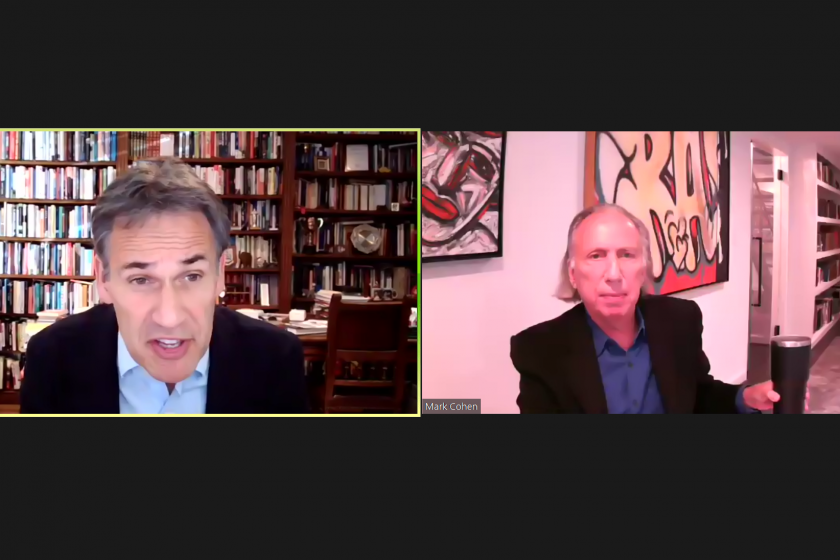LegalGeek has launched a new online webinar series, The Uncertain Decade, where Richard Susskind and Mark Cohen discuss the unprecedented challenges the legal industry is facing at the moment and give advice on how to adapt to the new landscape. You can find our report from the first webinar here: Legal Life after COVID-19
Yesterday, it was time for the second part of the series, with a webinar focusing on (i) what clients want and need and (ii) alternative legal suppliers – hope or hype?
Richard Susskind started the client focus part by talking about the research he had done with in-house counsel and by revisiting the more-for-less-challenge and a discussion about outcome thinking and whether we actually should listen to the client at all…

The research results showed inter alia that ALSPs have not responded as much as law firms to the clients’ worry and need in the current pandemic and that law firms, somewhat surprisingly, seem to have gained a possibility to strengthen their competitive situation thereby.
The more for less challenge is still as relevant today as it was when Richard Susskind discussed it in his book “The End of Lawyers?”. In fact, it might be even more relevant now than ever. Richard Susskind thought that this challenge will underpin, even define, the next decade. One of the answers to the problem is legal operations. Running a legal department today is a very large operation and too much for a counsel to manage as part of the counselling work. Instead, a professional legal operations manager could take on this work and add a broader perspective.
When it comes to what the client wants and need, Richard Susskind pointed out that it is difficult just to ask them. The problem if you ask the clients is that they may not know all possibilities available, or be able to think in new ways. Therefore, if you ask them what they want, you will merely get process improvements not any radical new services, and automatization not transformation. Instead, the approach used by Henry Ford and Steve Jobs to figure it out before the clients do, is a more successful way to innovate.
“Some people say give the customers what they want, but that’s not my approach. Our job is to figure out what they’re going to want before they do. I think Henry Ford once said, ‘If I’d ask customers what they wanted, they would’ve told me a faster horse.’ People don’t know what they want until you show it to them. That’s why I never rely on market research. Our task is to read things that are not yet on the page.” – Steve Jobs
In line with this approach is also what Richard Susskind referred to as ‘Outcome thinking’. As lawyers, it’s easy to think that client always want a lawyer to handle a problem, when instead they want the outcome that the lawyer brings. They want their legal issues solved; how and by whom doesn’t really matter. It is also important to understand what business you are in. Richard Susskind made a comparison to railroad companies. They are easily caught in the thinking they are in the railroad business, but they are actually in the transportation business. In-house lawyers need to realize they are not in the business of ‘legal expertise’. Instead they are part of the business and need to solve business challenges with a focus on risk reduction. They need to focus on preventing or reducing legal problems instead of being stuck in reactive thinking. To illustrate this, Richard Susskind showed his most requested slide from all presentations he’s made over the years:

It’s much better to give the clients a fence at the top of the cliff, instead of an ambulance waiting at the bottom… no matter how fancy, high-tech and excellent the ambulance service is.
Mark Cohen then made parallels to surveys on the topic in the US and discussed cultural differences between UK and US, where in the US market alternative service providers (ALSPs) seems to respond more than traditional law firms to the clients’ worry in the current situation. As he pointed out, ALSPs are the byproduct of an unmet market need for certain legal services, and they came with the DNA of ‘business’ rather than ‘law’. Today, running a legal service is no longer solely about legal expertise and about the lawyer, but about solving business issues that need a broader expertise. Law is now about where legal, technological and business expertise meet, which changes the demand for alternative services. The question is who is the right person to take on a certain task. Is it a project manager, tech developer or a lawyer, or all of them together? You might also need systems designers, design thinkers etc. to solve your tasks. Mark Cohen emphasized that the change is about moving from buying legal expertise to buying solutions to legal problems.
Richard Susskind added that he believes that the solution lies in technology, both in the day-to-day legal business as such and in the development of new legal online services. Legal tech will become a natural part of all legal businesses. Historically small and medium sized enterprises (SMEs) have not been the target for larger law firms, but by developing subscription services delivered by law firms online, these SMEs could become a new interesting and profitable market for larger law firms as well.
In the following Q&A session led by Lisa Hart Shepherd, the concept of ‘good enough’ was discussed. As Richard Susskind pointed out, most general counsel believe that good enough is exactly that. They are content with advice that are sufficient for the task at hand, whereas law firms tend to strive for perfection and to always deliver a gold service. This discrepancy needs to be addressed and law firms need to learn to provide services that meet the actual demand.

In the next Q&A session led by Wendy Curtis, Chief Innovation Officer at Orrick, Herrington & Sutcliffe, there were also discussions about the attitude of lawyers; how the best is the enemy of good and that lawyers also have to start thinking of what they ought to do less of. We have to listen more thoroughly to our clients’ needs, in the same way as these clients are focusing on the demand from their own customers. That way we can find new ways of delivering our services. As an example, Wendy Curtis mentioned the ATM machines that totally transformed the banking system by allowing customers to get access to cash directly from these machines. That way, bank offices could transform to advisory services.
There was also a very interesting discussion about the legal startup arena. Richard Susskind mentioned that the legal tech market has exploded with investments and new startups every day, which would seem as a success. But he was quite pessimistic about all these companies making it more than a year or two from now. If you take a look at where most investments are made, it’s in law firm back office functions. I.e. it’s focusing on efficiency and cost-cuttings, not on innovation. So even though the startup arena is vibrant, it might not be as disruptive as one would like to think.
Finally, Mark Cohen stressed that the market for legal services is not a zero sum game. A new service and a new provider might instead open up the market and address new needs. Each provider needs to decide what to focus on, what to buy from others, what to exclude and what to build in order to find new opportunities in the legal services area. The crucial aspect is to this move from being a legal expert to delivering legal services lies in the ability to collaborate. Therefore, discussions in the future will hopefully no longer focus on defining law companies as ‘traditional’ or ‘alternative’ since they all could deliver a mix of legal services. Instead focus ought to lie on the outcome. What different kind of solutions will these law companies deliver?

